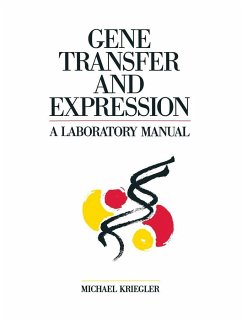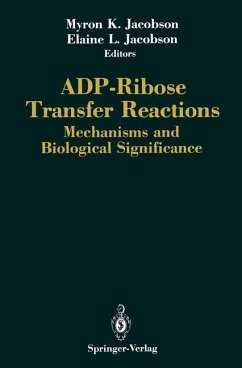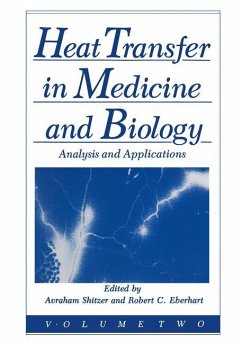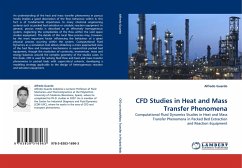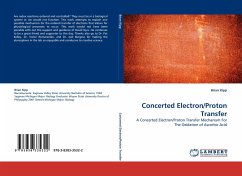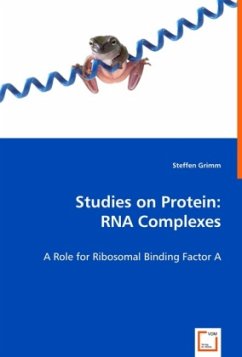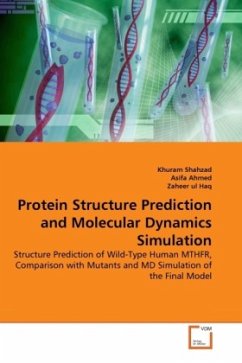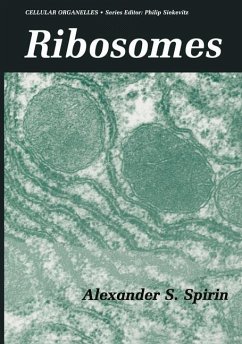
Transfer RNA Dynamics in Bacterial Protein Synthesis
Studies of tRNA Movement on the Ribosome During the Elongation Cycle of Bacterial Protein Synthesis
Versandkostenfrei!
Versandfertig in 6-10 Tagen
39,99 €
inkl. MwSt.

PAYBACK Punkte
20 °P sammeln!
Protein biosynthesis, also called translation,refers to mRNA-programmed synthesis of a polypeptideon the ribosome. tRNAs are required to moveefficiently between several positions on the ribosomeduring the elongation phase of translation. Althoughstructures of tRNA bound to ribosomes are available,the dynamics and mechanism of tRNA movement andstructural change are incompletely understood. Theclassic L-shape of tRNA undergoes considerabledistortion during the elongation cycle, leading tothe suggestion that the tRNA tertiary core region,which stabilizes the L-shape, actively interacts withthe ri...
Protein biosynthesis, also called translation,
refers to mRNA-programmed synthesis of a polypeptide
on the ribosome. tRNAs are required to move
efficiently between several positions on the ribosome
during the elongation phase of translation. Although
structures of tRNA bound to ribosomes are available,
the dynamics and mechanism of tRNA movement and
structural change are incompletely understood. The
classic L-shape of tRNA undergoes considerable
distortion during the elongation cycle, leading to
the suggestion that the tRNA tertiary core region,
which stabilizes the L-shape, actively interacts with
the ribosome. Here, using fluorescence labeling of
tRNA and mutagenesis of highly conserved nucleotides
within the tertiary core, combined with binding and
single turnover rapid kinetics assays, we monitor
tRNA movement on the ribosome, examine the importance
of the tertiary core region for each step of the
elongation cycle, identify interactions and
intermediates that are important for the accuracy and
efficiency of protein biosynthesis, and determine
antibiotic effects on elongation.
refers to mRNA-programmed synthesis of a polypeptide
on the ribosome. tRNAs are required to move
efficiently between several positions on the ribosome
during the elongation phase of translation. Although
structures of tRNA bound to ribosomes are available,
the dynamics and mechanism of tRNA movement and
structural change are incompletely understood. The
classic L-shape of tRNA undergoes considerable
distortion during the elongation cycle, leading to
the suggestion that the tRNA tertiary core region,
which stabilizes the L-shape, actively interacts with
the ribosome. Here, using fluorescence labeling of
tRNA and mutagenesis of highly conserved nucleotides
within the tertiary core, combined with binding and
single turnover rapid kinetics assays, we monitor
tRNA movement on the ribosome, examine the importance
of the tertiary core region for each step of the
elongation cycle, identify interactions and
intermediates that are important for the accuracy and
efficiency of protein biosynthesis, and determine
antibiotic effects on elongation.



